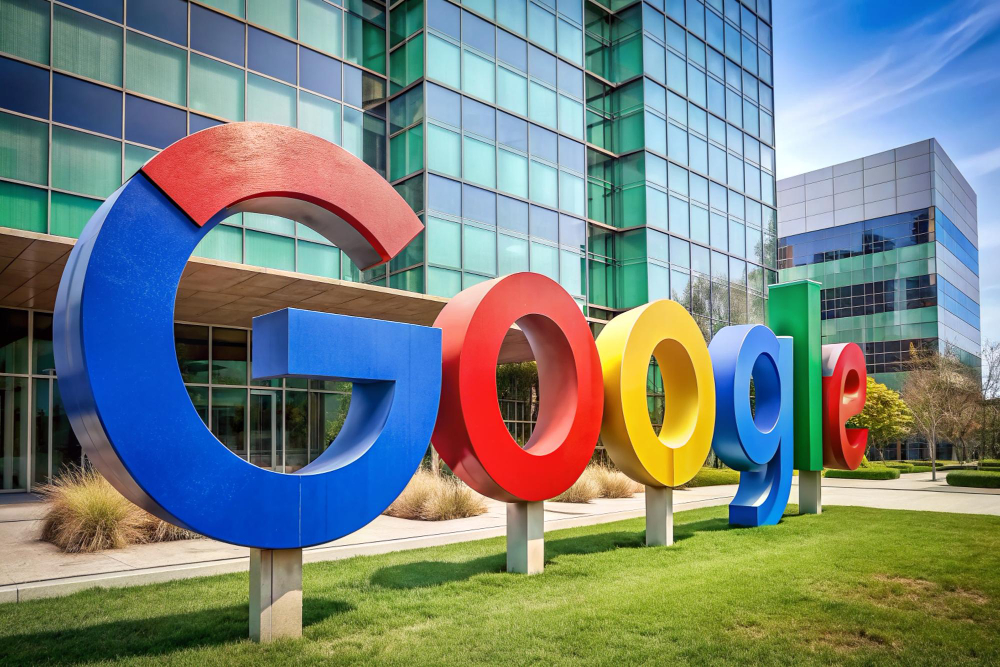For nearly a year, Google has subtly been blending ads with organic results. Recently, this practice was officially confirmed through a documentation update.
The new Google’s documentation states:

This indicates that the placement of top ads is dynamic and can vary.
In this article, we dive into this change and its effects on users and organic search outcomes.
Timeline Of Changes: This change wasn’t sudden. Google implemented a testing phase:
Leading up to the official change, Google had been experimenting with mixing sponsored ads within organic listings over a 10-month period. Below is a timeline of these changes:
June 17th, 2023: Initial Testing
This marked the first appearance of the test in Google’s search results, exclusively on mobile devices. During this initial phase, the ads were shown to a small number of users and were subtly integrated, often mistaken for organic listings.
October 23rd, 2023: Expanded Testing
During this phase, the broader SEO community began to notice ad labels within organic listings, visible on both mobile and desktop. This testing period was more extensive, leading up to the official launch.
March 28th, 2024: Official Launch
On this date, Google’s Ads Liaison declared the change permanent and introduced a new definition in the “top ads” documentation. From this point, users could expect ads to be mixed with organic results beyond limited testing.
Different Types of Placements
Since Google implemented the integration of sponsored ads within organic results nearly two months ago, we have a clearer picture of the scope of this change and the presentation of these sponsored ads.
Based on our research, there are two prevalent scenarios where Google integrates ads within organic listings:
1.Mixed with Organic Results
The typical approach involves placing an ad among the top organic results.
-
Directly Below Featured Snippets
The most common method involves positioning ads directly below a featured snippet.
The Impact: This shift raises concerns:
- User Experience: There’s a risk of users accidentally clicking on ads, mistaking them for organic results.
- Transparency: A clear distinction between ads and organic listings is crucial for user trust.
The Potential Benefits:
- Incentivize Quality Content: If organic rankings prioritize high-quality content, it could benefit both users and search results.
- Increased Revenue for Google: More prominent ad placements could generate more income for Google.
What Are Google’s Intentions?
It is clear that Google aims to prioritize ad revenue through changes in ad placement. While arguments can be made for and against this change, we perceive the overall impact to be relatively neutral from both perspectives.
Source: Search Engine Journal


